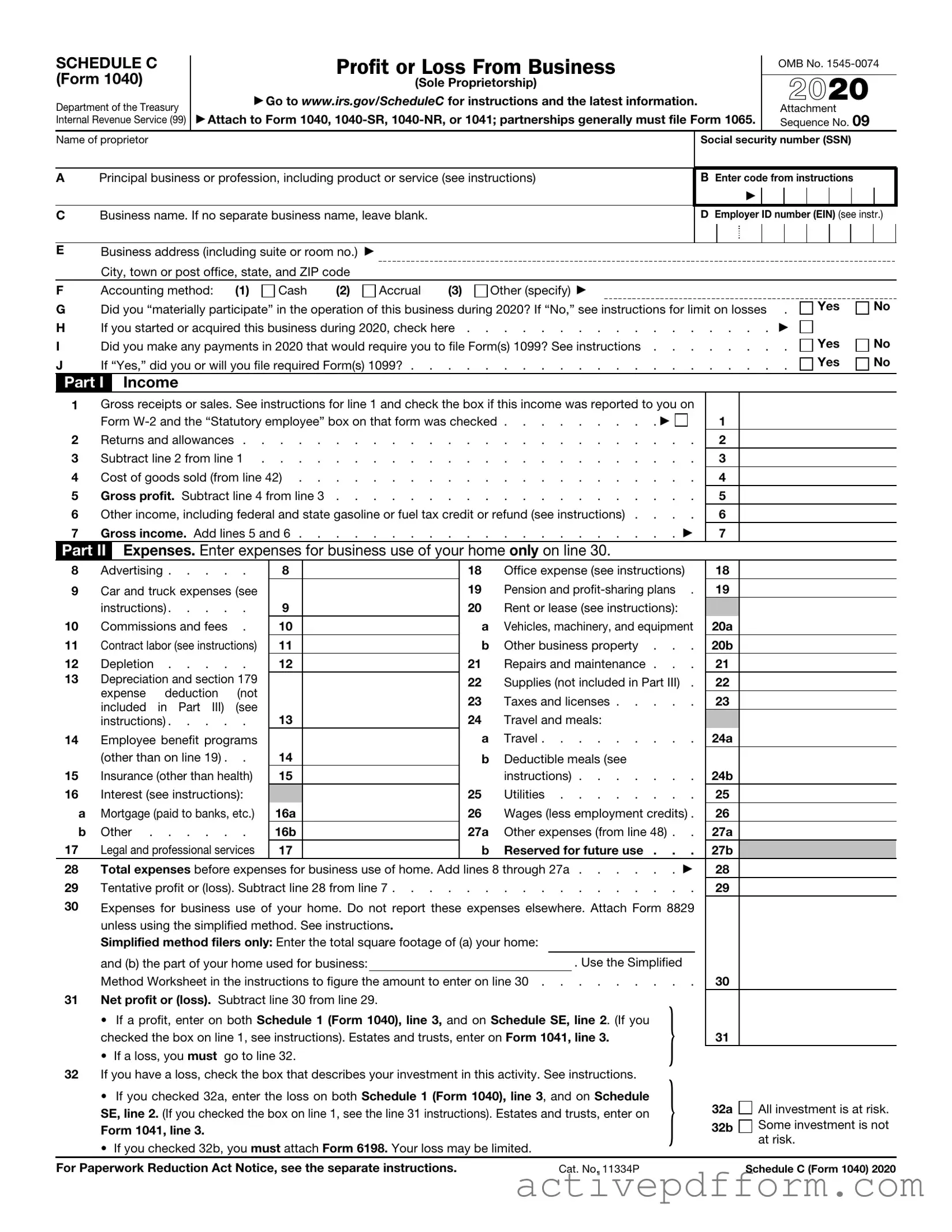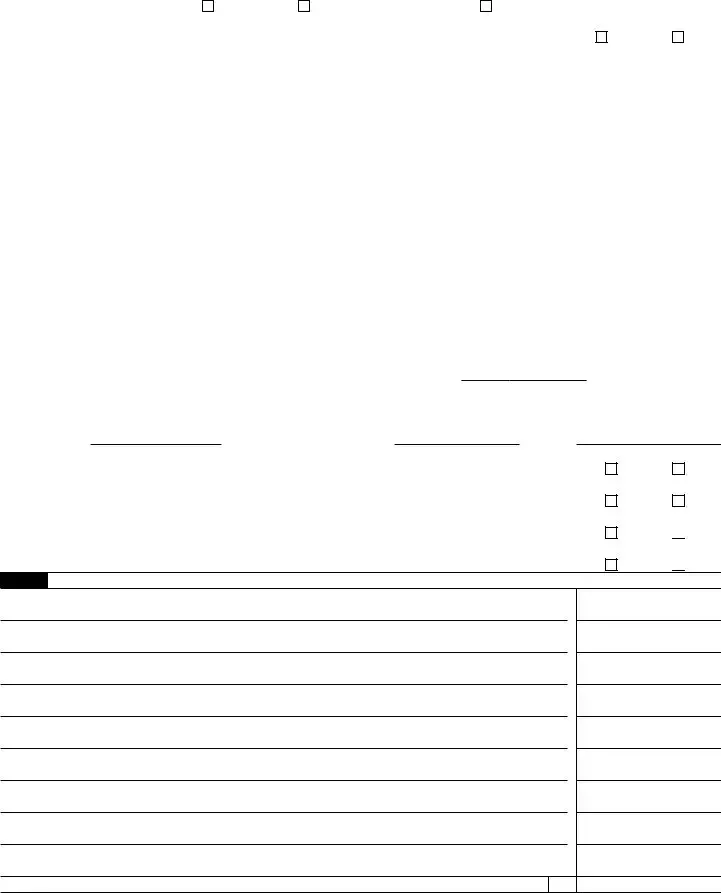What is IRS Schedule C?
IRS Schedule C is a form used by sole proprietors to report income or loss from a business they operate. It is filed along with Form 1040, the individual income tax return. The information on Schedule C helps determine the net profit or loss from the business, which is then included in the overall income reported on Form 1040.
Who needs to file Schedule C?
Individuals who operate a sole proprietorship must file Schedule C. This includes freelancers, independent contractors, and small business owners. If you earn income from self-employment, you are generally required to report it using this form.
What types of income should be reported on Schedule C?
All income earned from your business activities should be reported on Schedule C. This includes sales revenue, fees for services, and any other business-related income. It is important to keep accurate records of all income to ensure proper reporting.
What expenses can be deducted on Schedule C?
Common deductible expenses include costs related to supplies, advertising, travel, and home office expenses. You can also deduct business-related vehicle expenses, utilities, and wages paid to employees. Proper documentation of these expenses is essential for accurate reporting.
How do I calculate my net profit or loss on Schedule C?
To calculate your net profit or loss, subtract your total business expenses from your total business income. If your income exceeds your expenses, you have a profit. If your expenses are greater than your income, you have a loss. This figure is then transferred to your Form 1040.
Can I file Schedule C electronically?
Yes, Schedule C can be filed electronically using tax software or through a tax professional. Electronic filing is generally faster and may help reduce errors. Many tax software programs will guide you through the process of completing Schedule C.
What if I have a loss on my Schedule C?
If you report a loss on Schedule C, it can offset other income on your tax return, potentially reducing your overall tax liability. However, if you have losses for several consecutive years, the IRS may scrutinize your business to determine if it is a legitimate venture.
Are there any special considerations for home-based businesses?
Home-based businesses can deduct certain expenses related to the home office, such as a portion of rent or mortgage interest, utilities, and repairs. To qualify for these deductions, the home office must be used regularly and exclusively for business purposes.
Where can I find more information about Schedule C?
Additional information about Schedule C can be found on the IRS website. The IRS provides detailed instructions and resources to help you understand how to complete the form accurately. You may also consider consulting a tax professional for personalized assistance.



 Yes
Yes  No
No
 Yes
Yes 
 No
No
 Yes
Yes  No
No

 No
No
 No
No